Home>Home Appliances>Cleaning Appliances>What Is The Best KPA For A Vacuum Cleaner
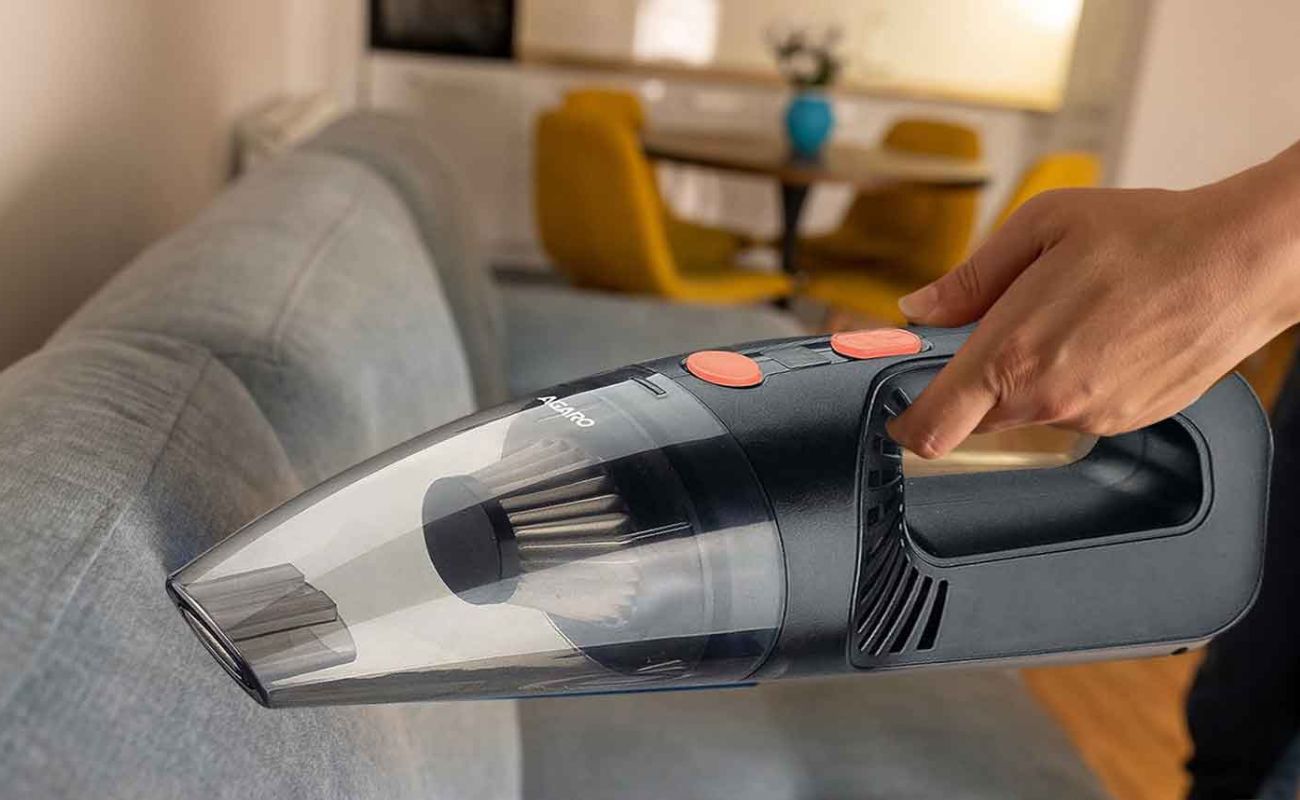

Cleaning Appliances
What Is The Best KPA For A Vacuum Cleaner
Modified: October 20, 2024
Discover the top KPA for cleaning appliances and find the best vacuum cleaner for your needs. Learn which features are essential for effective cleaning.
(Many of the links in this article redirect to a specific reviewed product. Your purchase of these products through affiliate links helps to generate commission for Storables.com, at no extra cost. Learn more)
Introduction
The Role of Kilopascals (KPA) in Vacuum Cleaners
When it comes to keeping our homes clean and free of dust and debris, a reliable vacuum cleaner is an essential tool. However, with the wide array of vacuum cleaners available on the market, it can be challenging to determine which one is best suited for your cleaning needs. One crucial factor to consider when selecting a vacuum cleaner is its suction power, often measured in kilopascals (KPA). Understanding the significance of KPA and its impact on a vacuum cleaner's performance is essential for making an informed purchasing decision. In this article, we will delve into the importance of KPA in vacuum cleaners, discuss the factors to consider when choosing the best KPA for a vacuum cleaner, and provide insight into the different KPA levels available in vacuum cleaners. By the end of this article, you will have a comprehensive understanding of how KPA influences a vacuum cleaner's effectiveness and be better equipped to select the most suitable model for your cleaning needs. Let's dive in and explore the world of KPA and vacuum cleaners.
Key Takeaways:
- Kilopascals (KPA) measure a vacuum cleaner’s suction power, affecting its ability to lift dirt and debris. Higher KPA means better cleaning for carpets, hard floors, and allergen removal, making homes cleaner and healthier.
- When choosing a vacuum cleaner, consider the surfaces you’ll clean, specific tasks like pet hair removal, and any allergies. Different KPA levels offer options for light, moderate, or deep cleaning, ensuring a vacuum that suits your unique needs.
Read more: What Is The Best Robot Vacuum Cleaner
Importance of KPA in Vacuum Cleaners
Kilopascals (KPA) play a crucial role in determining the suction power and overall performance of a vacuum cleaner. Essentially, KPA measures the vacuum’s ability to lift dirt and debris from surfaces, making it a key indicator of its cleaning efficiency. Understanding the importance of KPA is vital for selecting a vacuum cleaner that can effectively tackle various cleaning tasks.
Enhanced Suction Power: The KPA rating directly correlates with a vacuum cleaner’s suction power. A higher KPA indicates stronger suction, allowing the vacuum to effectively lift and remove embedded dirt, dust, and allergens from carpets, rugs, and other surfaces. This is particularly beneficial in homes with pets, high foot traffic, or individuals with allergies, as it ensures a thorough and deep clean.
Effective Debris Removal: Vacuum cleaners with higher KPA ratings excel at removing larger debris particles, such as pet hair, crumbs, and dirt, from both carpets and hard floors. This is essential for maintaining a clean and hygienic living environment, especially in households with active lifestyles or young children.
Improved Filtration: Higher KPA levels contribute to better filtration, as the increased suction power enables the vacuum cleaner to capture and retain finer particles, including dust mites, pollen, and microscopic allergens. This is beneficial for individuals seeking cleaner indoor air quality and a reduction in allergy triggers.
Versatile Cleaning Capabilities: Vacuum cleaners with higher KPA ratings are better equipped to handle a wide range of surfaces and cleaning tasks. From deep-cleaning carpets to efficiently removing dirt from upholstery and drapes, a higher KPA ensures that the vacuum cleaner can adapt to various cleaning challenges, delivering consistent and reliable results.
Understanding the importance of KPA empowers consumers to make informed decisions when selecting a vacuum cleaner that aligns with their specific cleaning requirements. By prioritizing KPA as a key consideration, individuals can invest in a vacuum cleaner that offers superior suction power, efficient debris removal, enhanced filtration, and versatile cleaning capabilities, ultimately contributing to a cleaner and healthier living space.
Factors to Consider When Choosing the Best KPA for a Vacuum Cleaner
When evaluating the kilopascal (KPA) rating of a vacuum cleaner, several factors should be taken into account to ensure that the selected model aligns with your cleaning needs and preferences. By considering the following aspects, you can make an informed decision and choose a vacuum cleaner with an optimal KPA level:
- Surface Type: Assess the primary surfaces you intend to clean, such as carpets, hardwood floors, or a combination of both. For deep-cleaning carpets, a vacuum cleaner with a higher KPA is advantageous, while hard floors may require a more balanced approach, allowing for effective debris pickup without causing damage.
- Cleaning Tasks: Consider the specific cleaning tasks you regularly perform. If you have pets, prioritize a vacuum with higher KPA to effectively remove pet hair and dander. Similarly, households with heavy foot traffic may benefit from a higher KPA for thorough dirt and debris extraction.
- Allergen Sensitivities: Individuals with allergies or sensitivities to airborne particles should prioritize a vacuum cleaner with a higher KPA and advanced filtration capabilities. This ensures the effective removal of allergens, contributing to improved indoor air quality.
- Maneuverability: Evaluate the maneuverability and weight of the vacuum cleaner, especially if you anticipate frequent or extensive cleaning sessions. While higher KPA is desirable, it should be balanced with ease of use to ensure comfortable handling and accessibility in various areas of your home.
- Additional Features: Explore additional features that complement the vacuum’s KPA rating, such as adjustable suction settings, specialized attachments for different surfaces, and innovative technologies that enhance overall cleaning performance.
By considering these factors, you can identify the ideal KPA range for your specific cleaning requirements, ensuring that the selected vacuum cleaner offers the necessary suction power and capabilities to effectively maintain a clean and inviting living space.
When choosing a vacuum cleaner, look for a KPA (kilopascals) of at least 20 for good suction power. Higher KPA means better ability to pick up dirt and debris from surfaces.
Understanding Different KPA Levels in Vacuum Cleaners
When exploring the world of vacuum cleaners, understanding the significance of kilopascals (KPA) and the corresponding suction power levels is essential for selecting a model that aligns with your cleaning needs. Vacuum cleaners are typically categorized into different KPA levels, each offering distinct advantages based on the intended usage and cleaning requirements:
- Low KPA (Below 15 KPA): Vacuum cleaners with lower KPA ratings are suitable for light-duty cleaning tasks, such as maintaining low-traffic areas, spot-cleaning small messes, and handling delicate surfaces. While they may not excel at deep-cleaning carpets or lifting embedded dirt, they are often lightweight and maneuverable, making them ideal for quick touch-ups and maintenance cleaning.
- Moderate KPA (15-25 KPA): Vacuum cleaners in this range offer a balance between suction power and versatility. They can effectively clean a variety of surfaces, including carpets, rugs, and hard floors, making them suitable for general household cleaning. This KPA range is often preferred for homes with moderate cleaning needs and regular maintenance.
- High KPA (Above 25 KPA): Vacuum cleaners with higher KPA ratings deliver powerful suction, making them well-suited for deep-cleaning carpets, removing embedded dirt and pet hair, and maintaining optimal indoor air quality. They are ideal for homes with pets, high foot traffic, or individuals seeking comprehensive cleaning performance.
It’s important to note that while KPA is a significant factor in a vacuum cleaner’s performance, it should be considered in conjunction with other features, such as filtration efficiency, dustbin capacity, and maneuverability, to ensure a well-rounded cleaning experience.
By understanding the different KPA levels and their respective capabilities, consumers can make informed decisions when selecting a vacuum cleaner that best suits their cleaning preferences and household requirements. Whether it’s a lightweight model for quick cleanups or a high-performance vacuum for deep-cleaning tasks, the range of KPA levels offers options tailored to diverse cleaning needs.
Conclusion
As we conclude our exploration of the role of kilopascals (KPA) in vacuum cleaners, it becomes evident that KPA is a crucial factor that significantly influences a vacuum cleaner’s cleaning performance and suitability for various household needs. By understanding the importance of KPA, evaluating key factors when choosing the best KPA for a vacuum cleaner, and comprehending the different KPA levels available, consumers can make informed decisions that align with their specific cleaning requirements.
When selecting a vacuum cleaner, it’s essential to consider the primary surfaces to be cleaned, the specific cleaning tasks, and any allergy sensitivities within the household. By doing so, individuals can determine the optimal KPA level that will deliver efficient debris removal, enhanced filtration, and versatile cleaning capabilities.
Furthermore, understanding the range of KPA levels – from low to high – provides consumers with a spectrum of options tailored to their unique cleaning needs. Whether it’s a lightweight vacuum for quick touch-ups or a high-performance model for deep-cleaning tasks, the diverse KPA levels cater to a wide range of cleaning preferences and household environments.
Ultimately, the significance of KPA in vacuum cleaners extends beyond mere suction power; it encompasses the ability to maintain a clean, hygienic, and inviting living space. By prioritizing KPA as a key consideration alongside other essential features, consumers can invest in a vacuum cleaner that not only meets their cleaning needs but also enhances their overall quality of life.
With a comprehensive understanding of KPA and its impact on vacuum cleaner performance, individuals are empowered to make informed decisions, ensuring that their chosen vacuum cleaner becomes a valuable asset in maintaining a clean and healthy home environment.
Now that you've got a handle on the best KPA for your vacuum cleaner, why stop there? If kitchen spills are your daily headache, tackling them gets easier with the right gear. Our next read highlights a favorite tool among shoppers for swift and effective cleanups. Whether crumbs or dust, this compact powerhouse makes short work of kitchen messes. Don't miss out on finding your next cleaning ally.
Frequently Asked Questions about What Is The Best KPA For A Vacuum Cleaner
Was this page helpful?
At Storables.com, we guarantee accurate and reliable information. Our content, validated by Expert Board Contributors, is crafted following stringent Editorial Policies. We're committed to providing you with well-researched, expert-backed insights for all your informational needs.
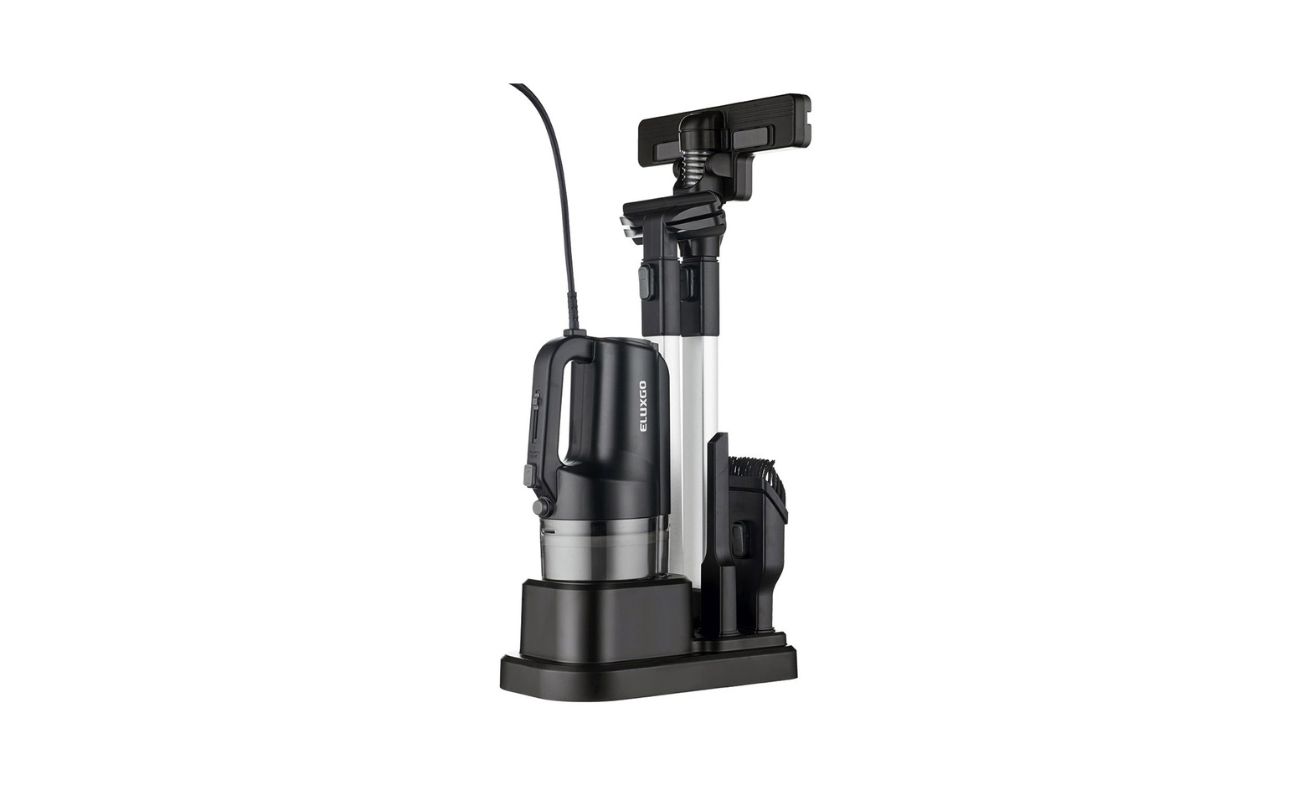
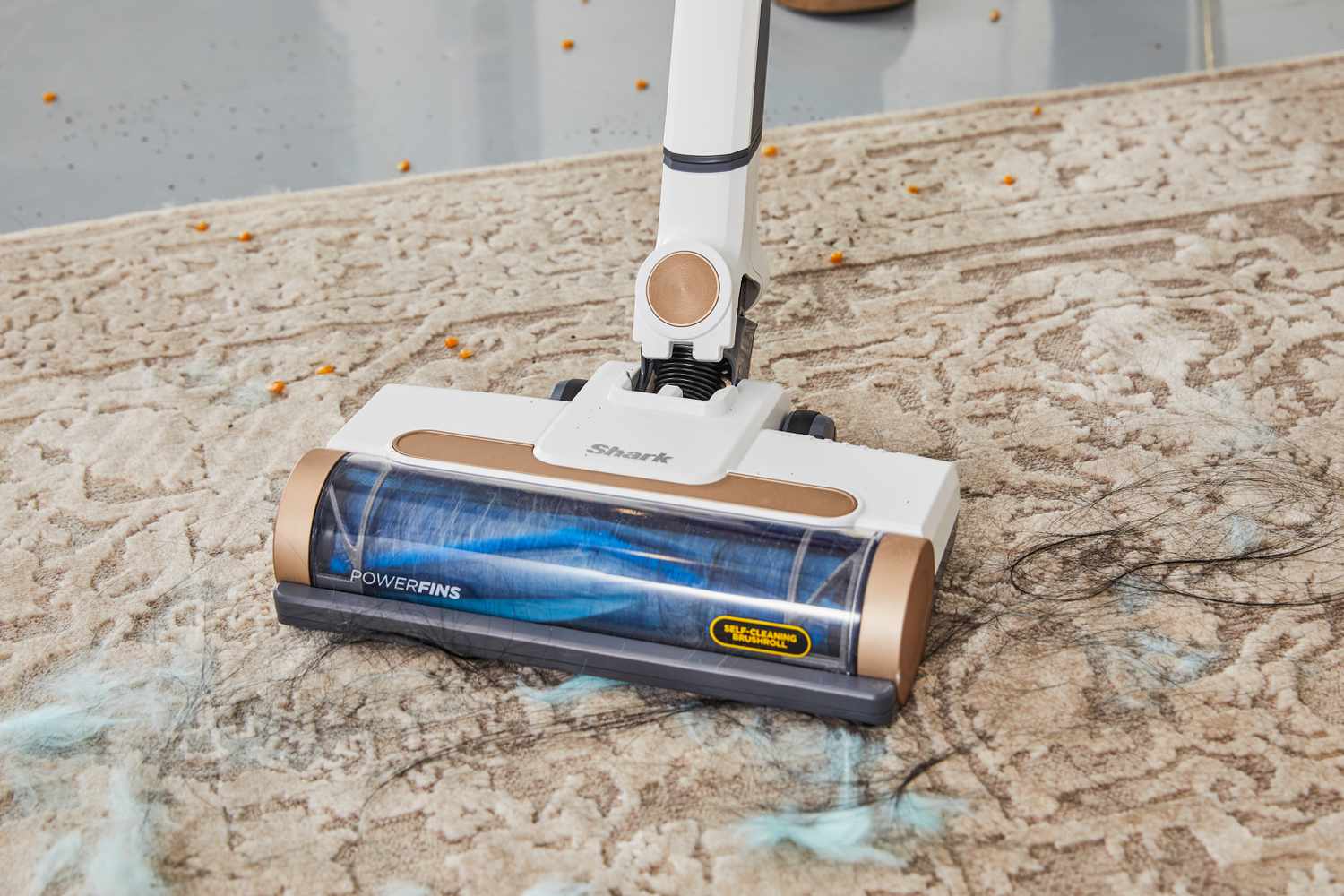
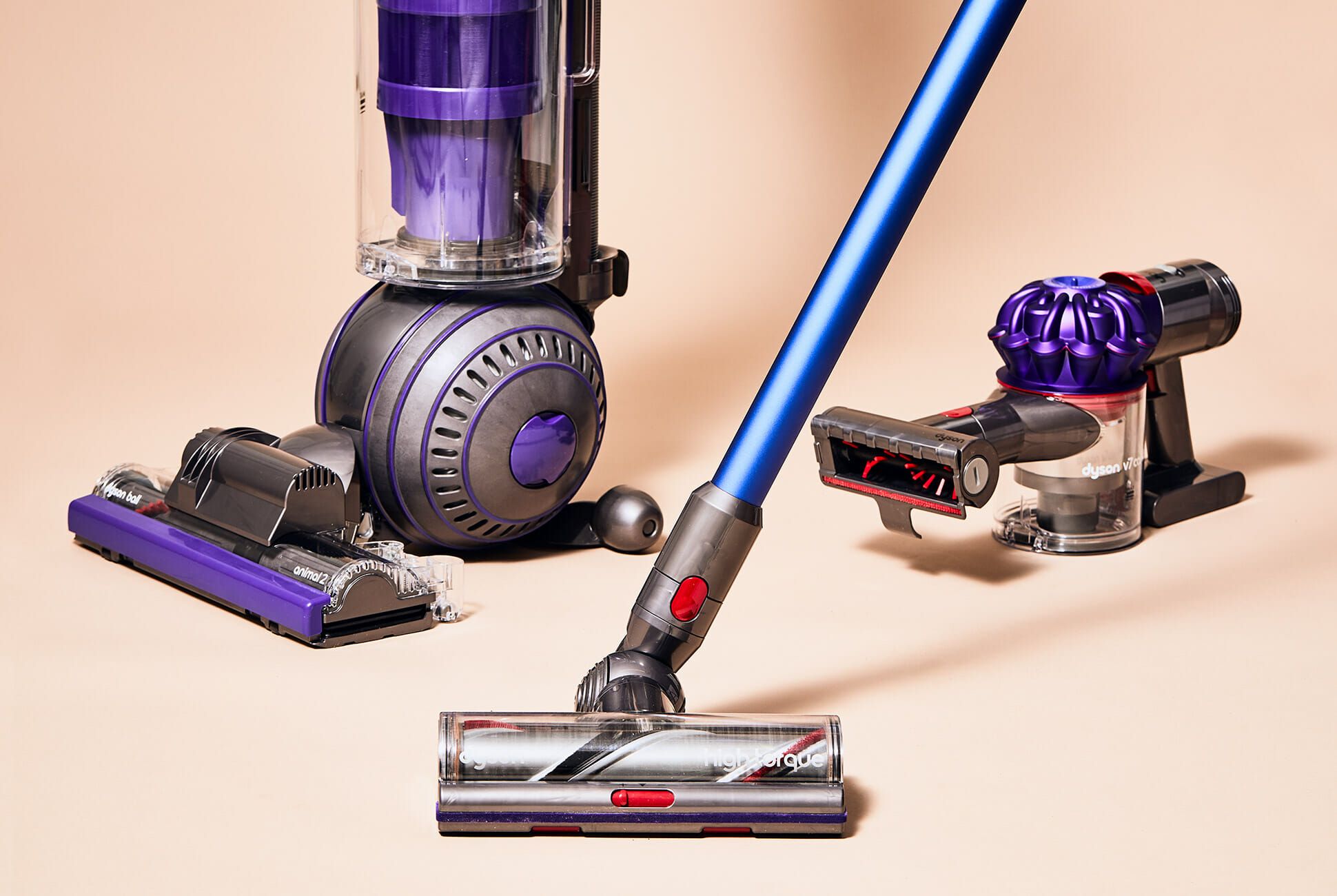
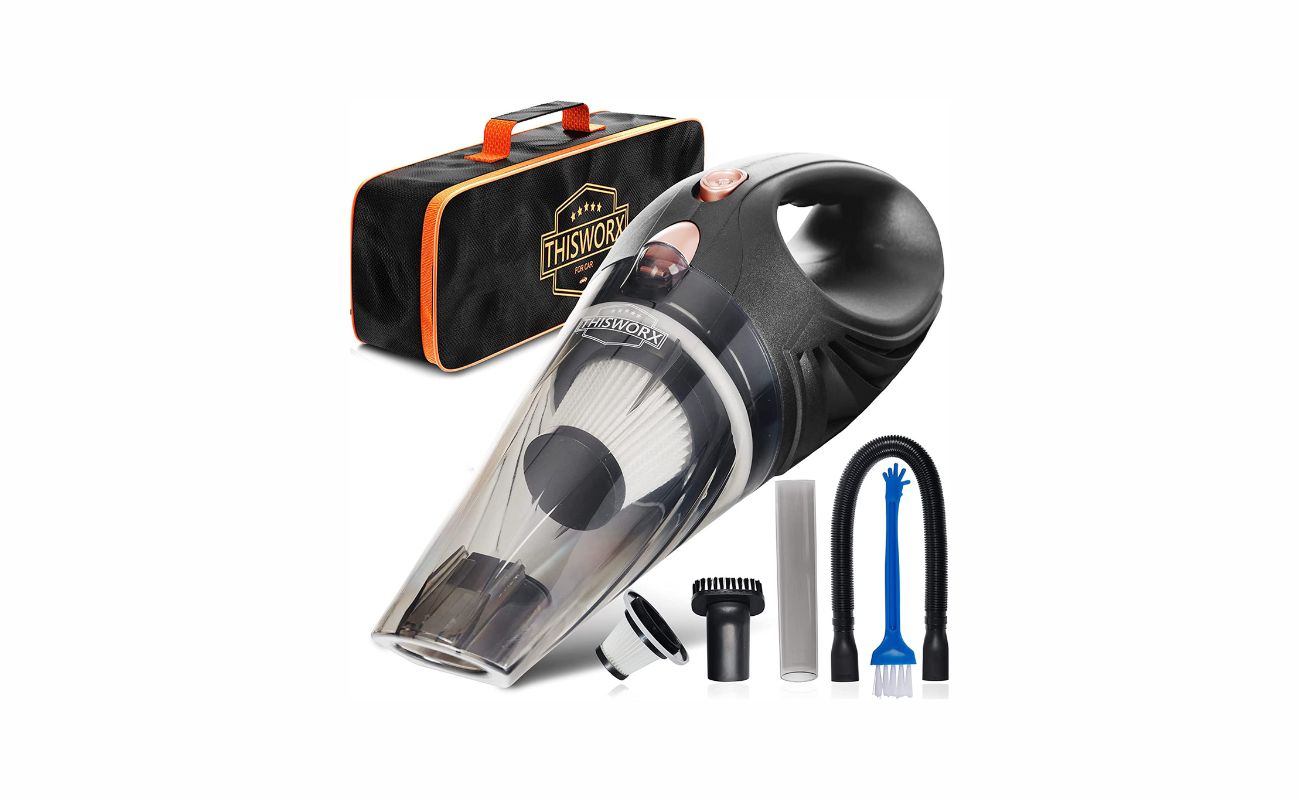
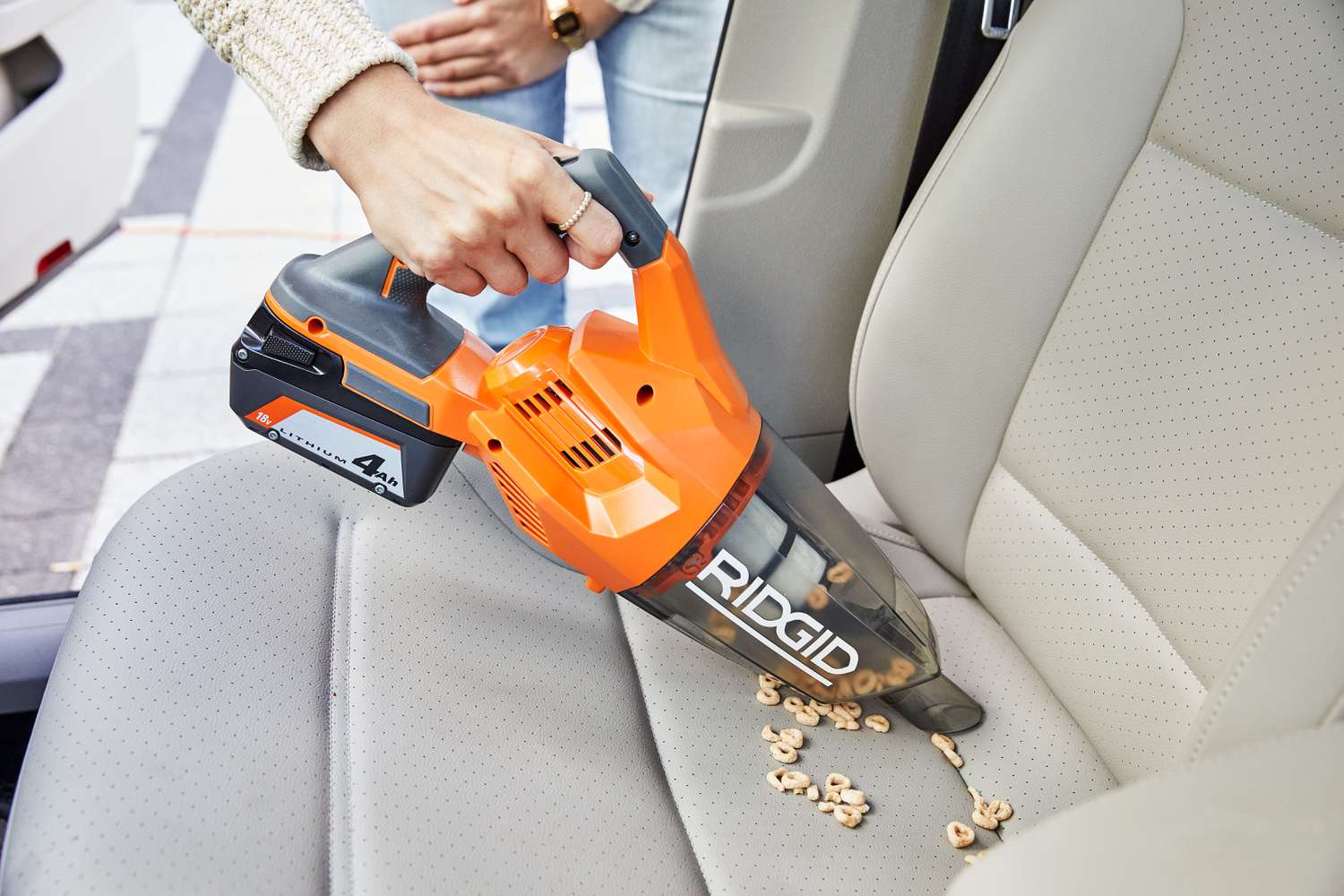
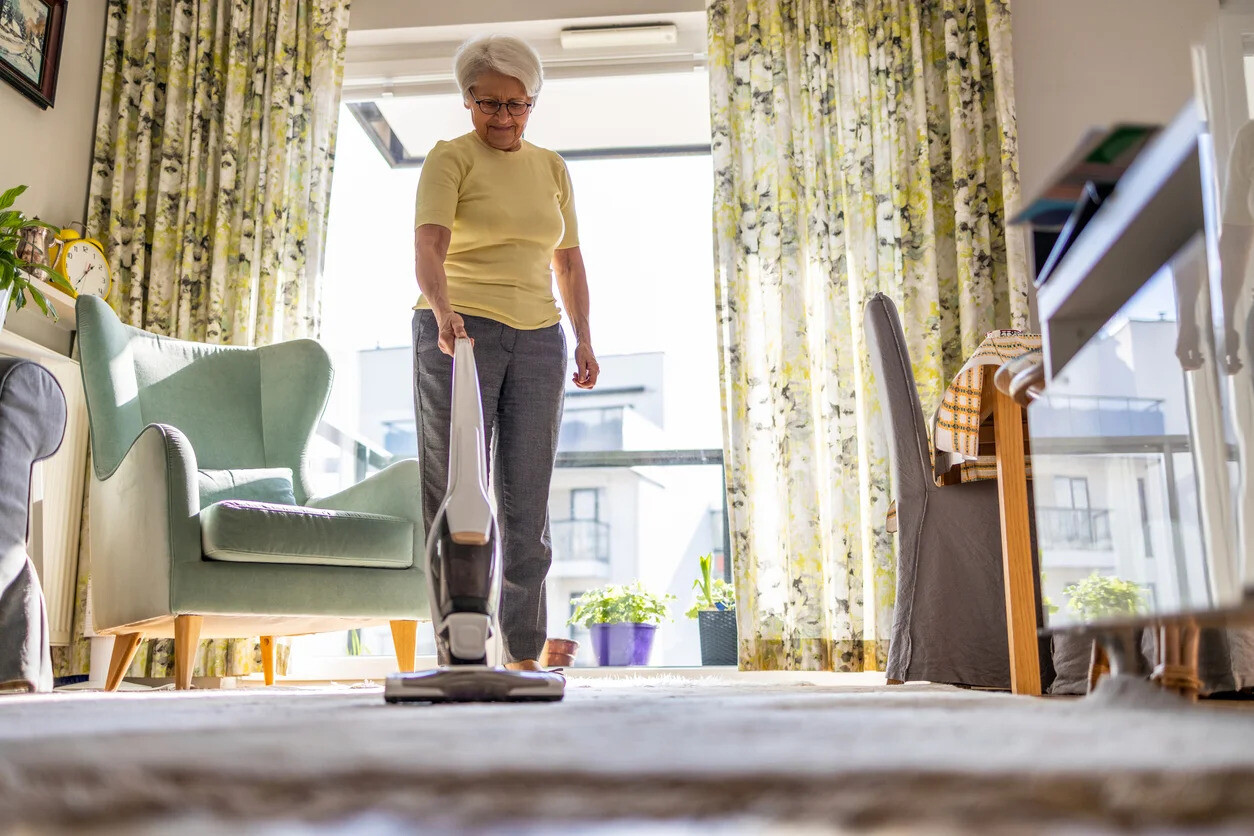
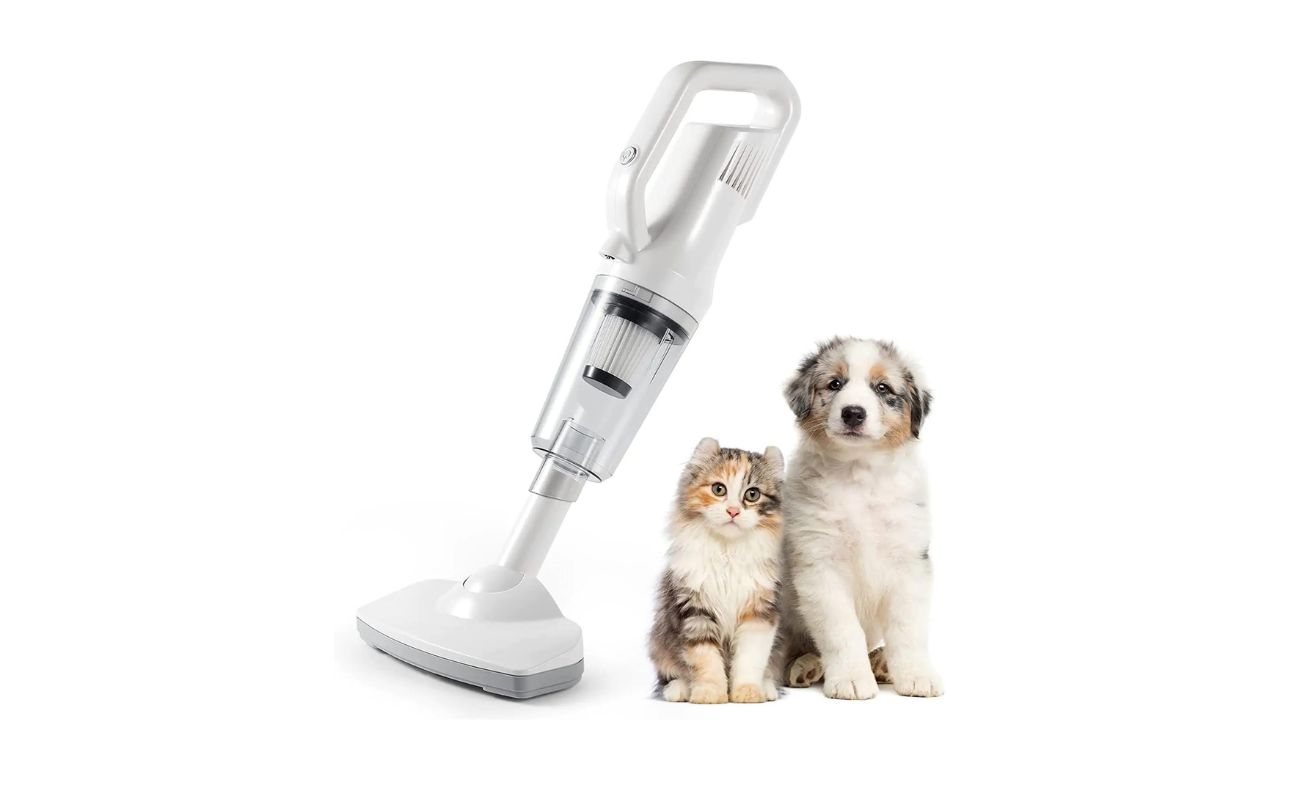
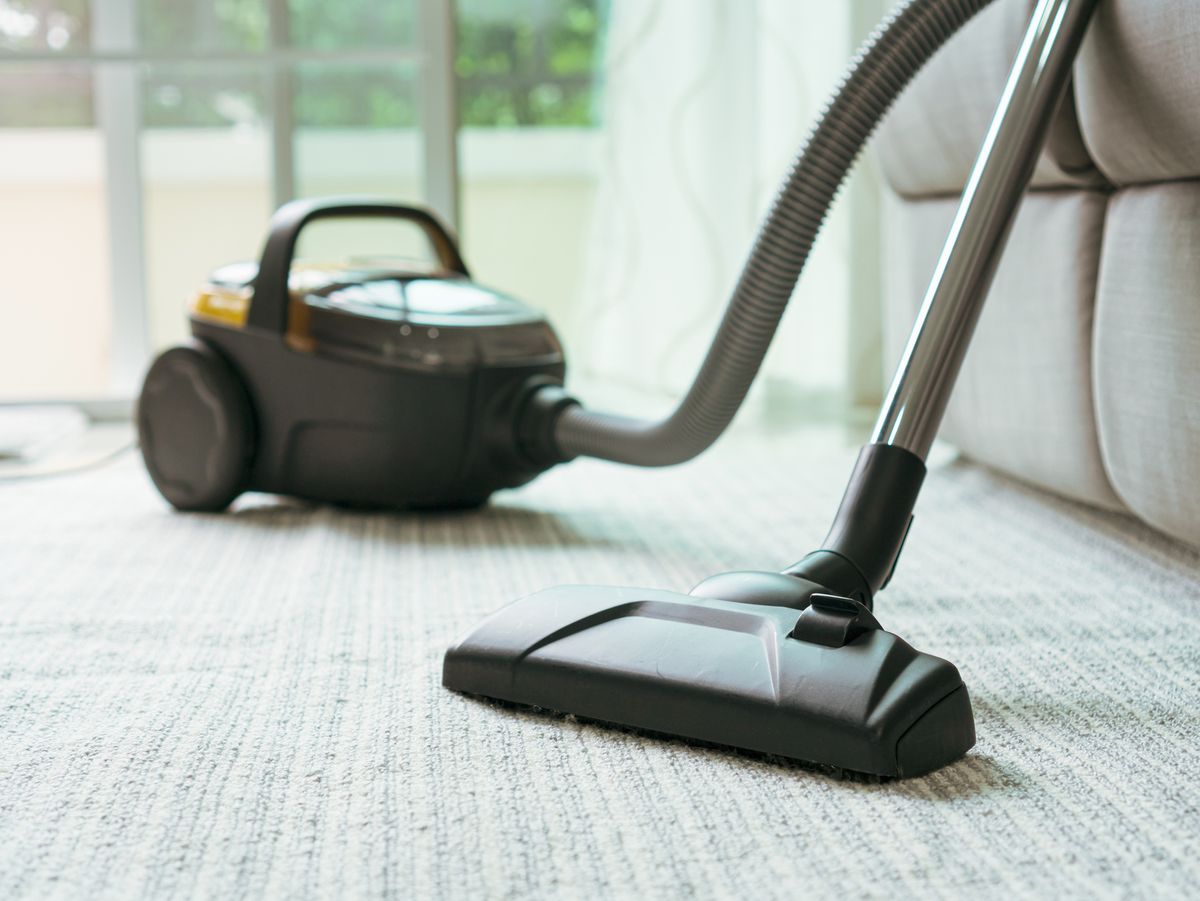
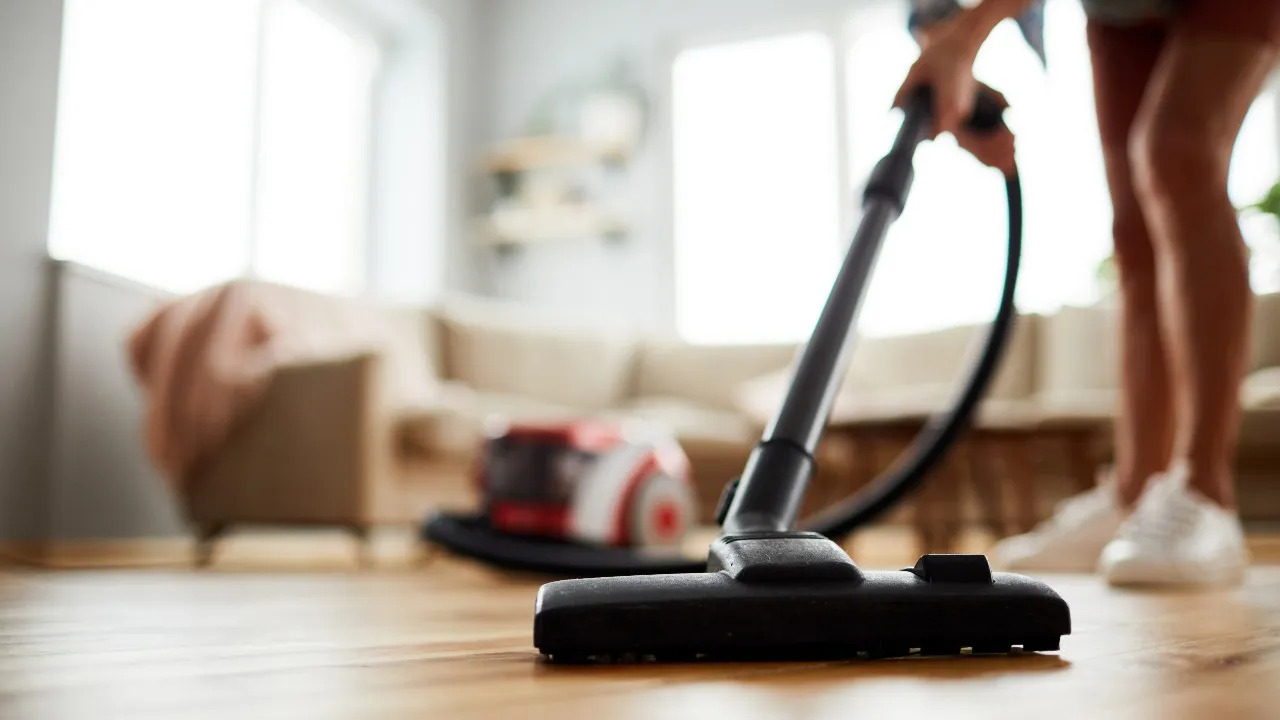
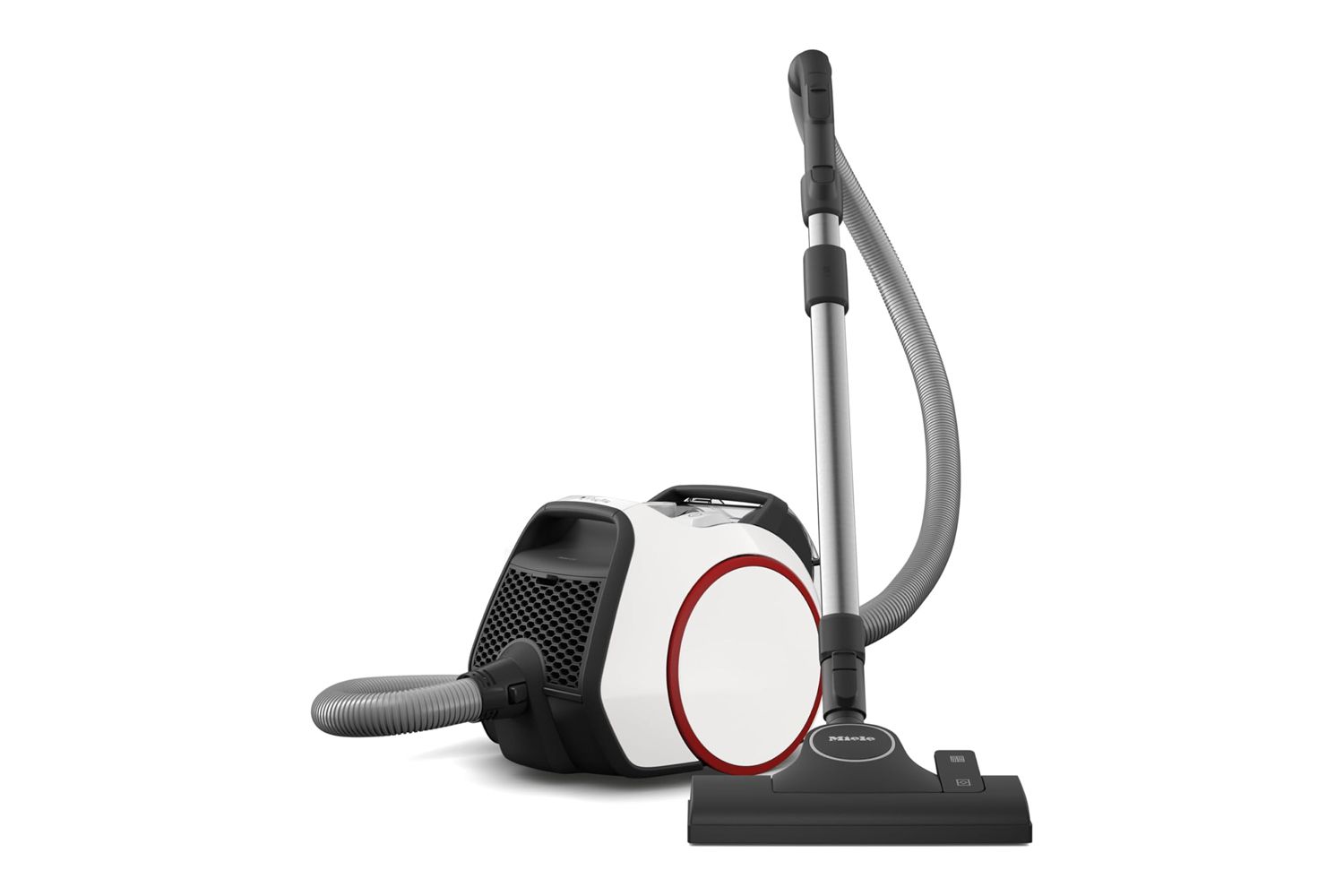
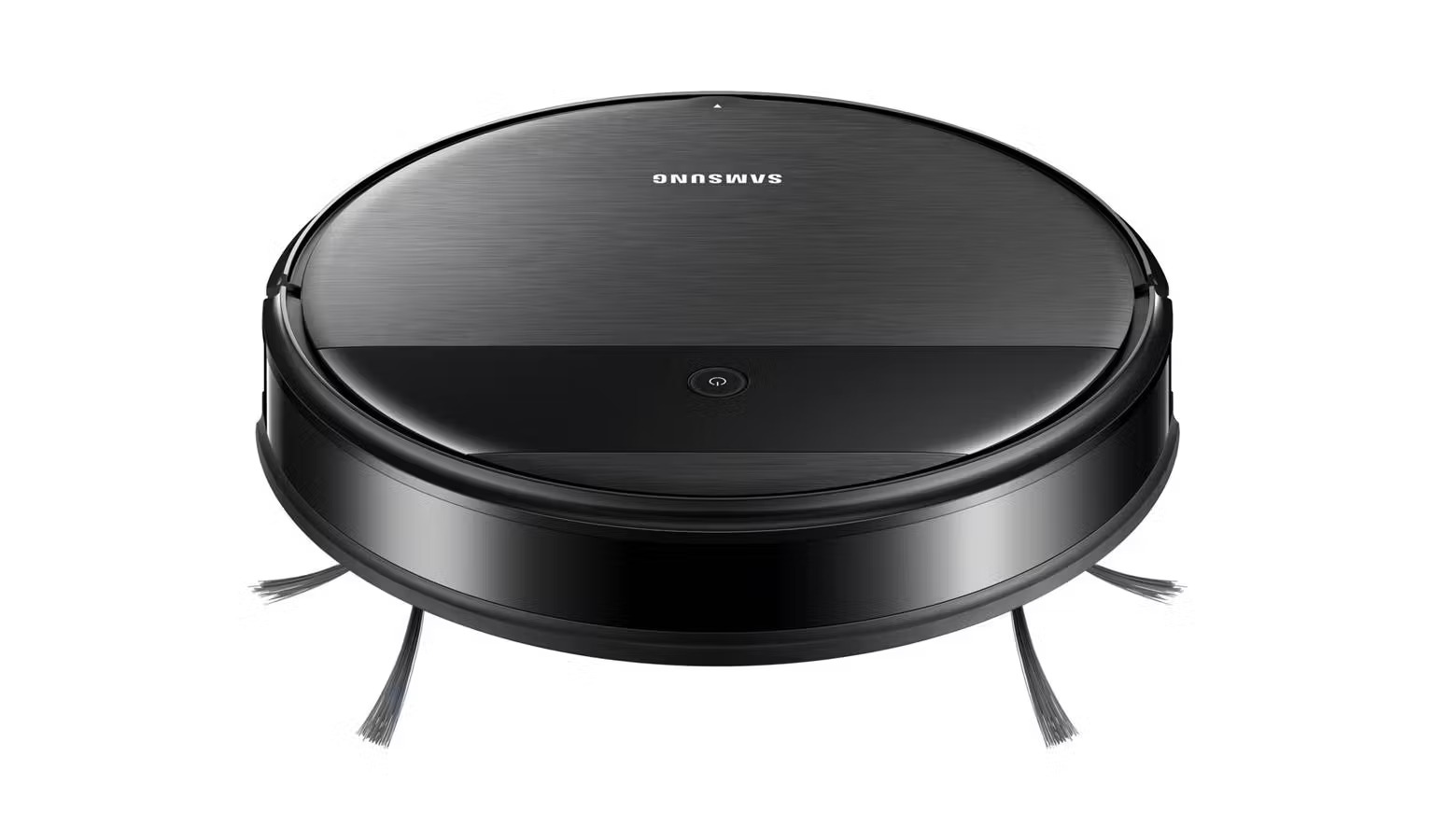
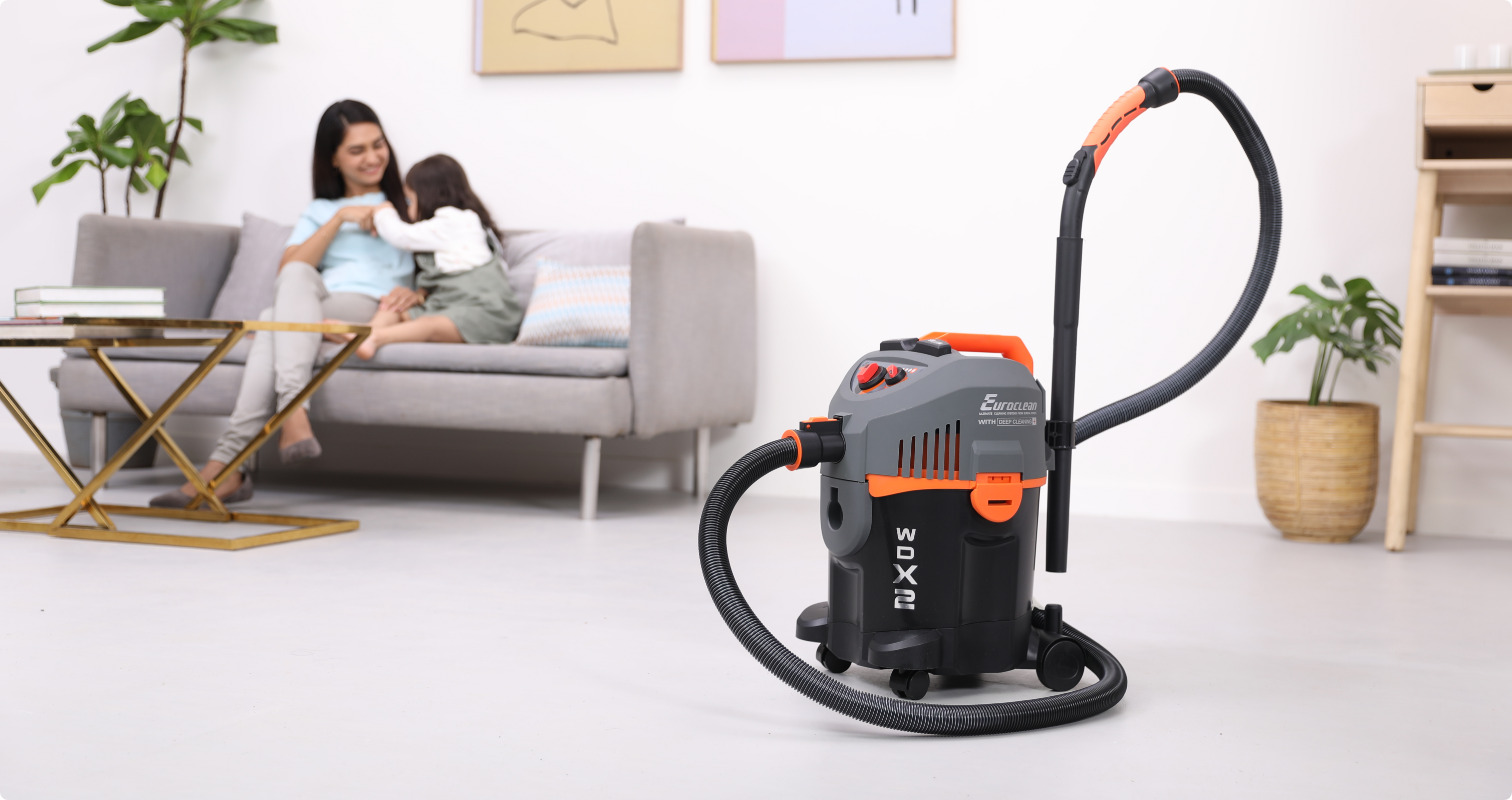
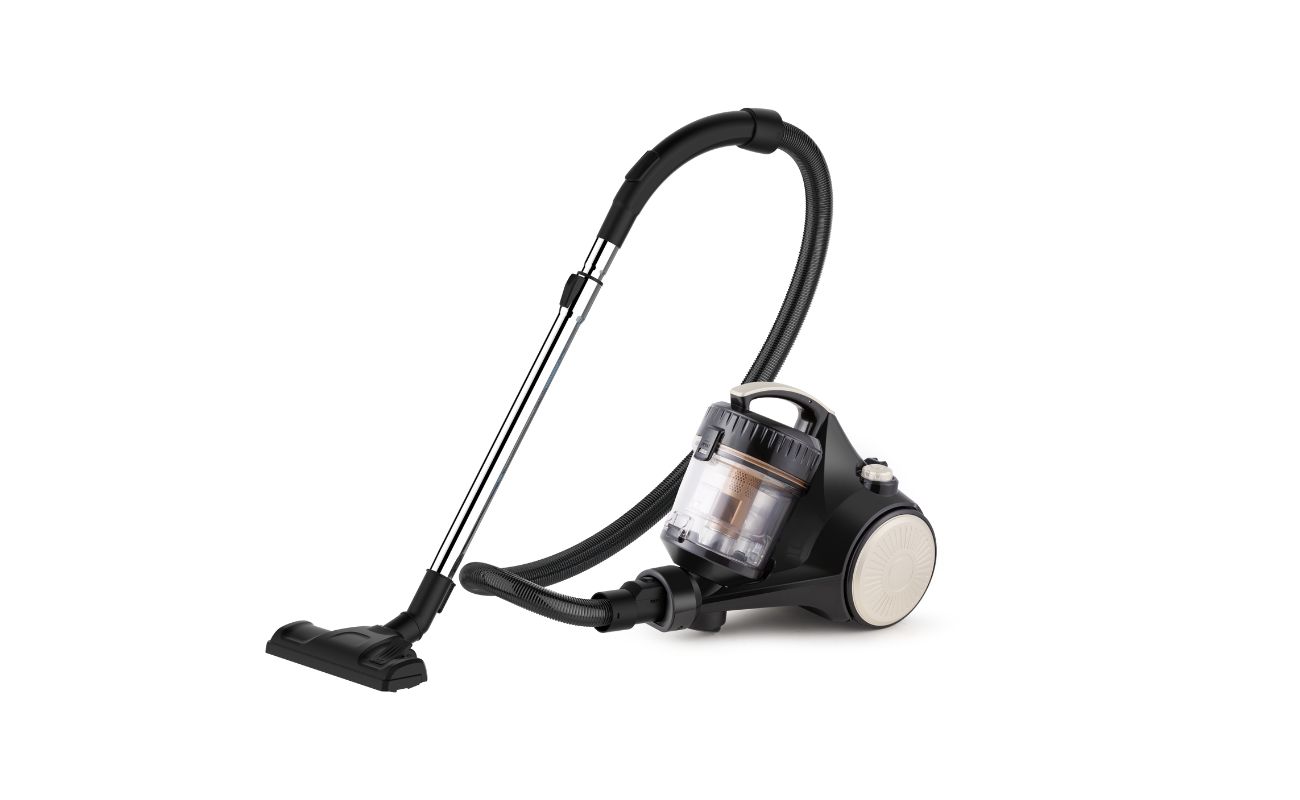
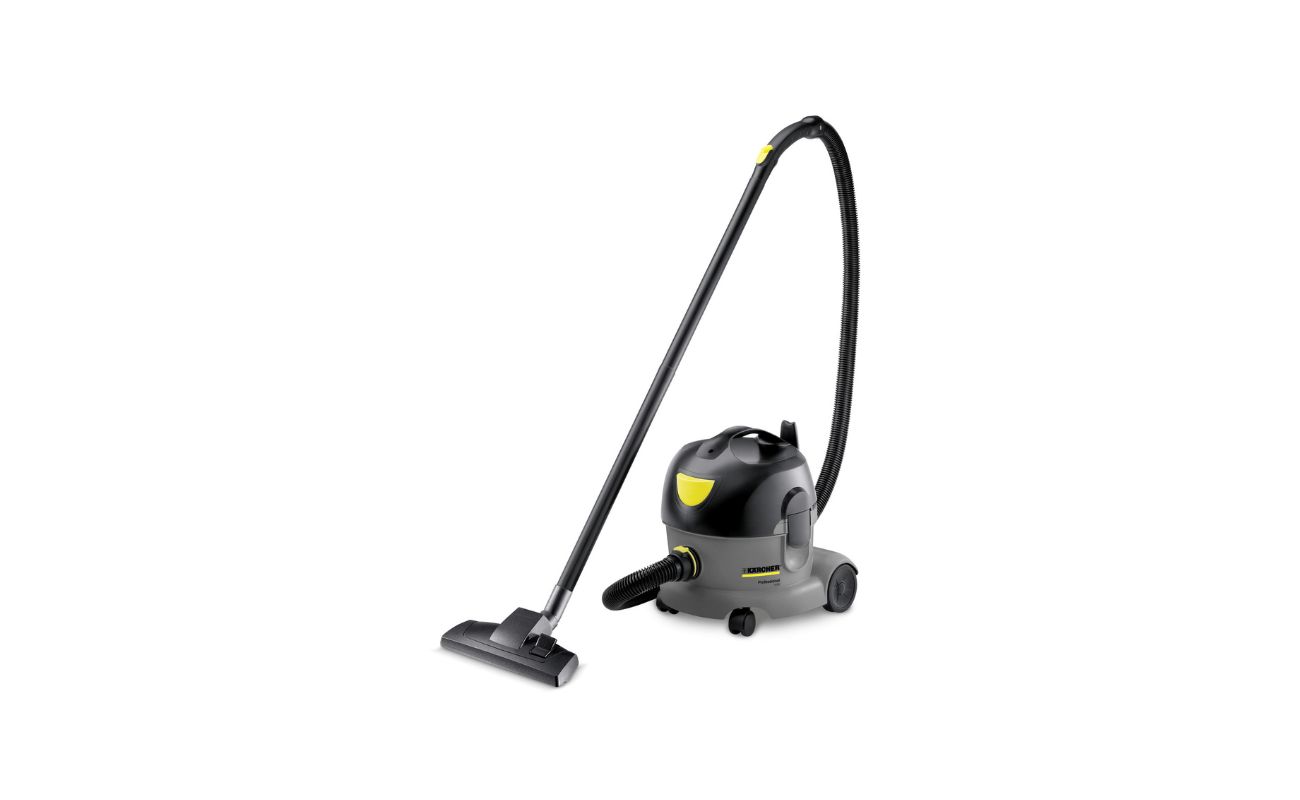
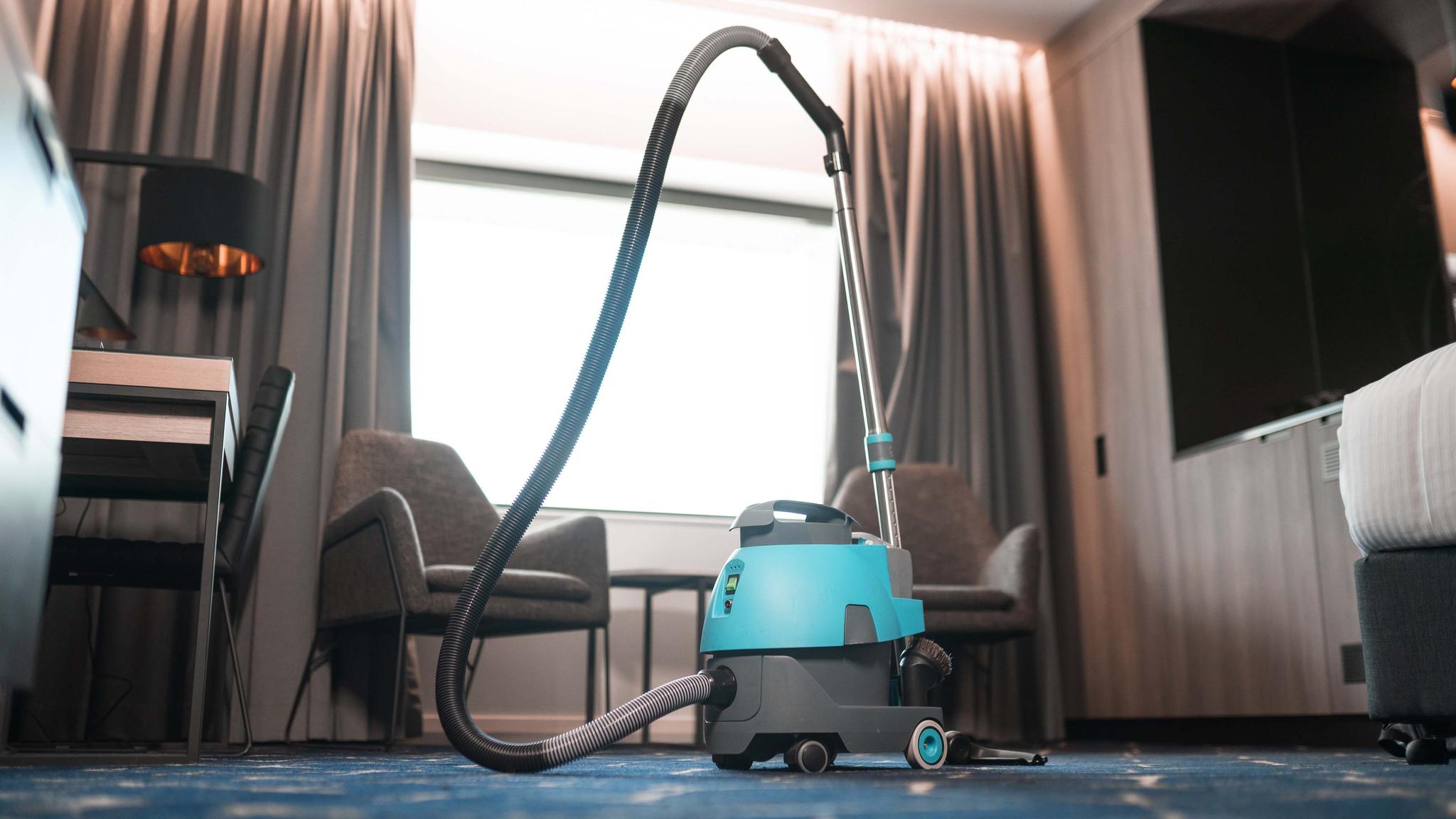

0 thoughts on “What Is The Best KPA For A Vacuum Cleaner”